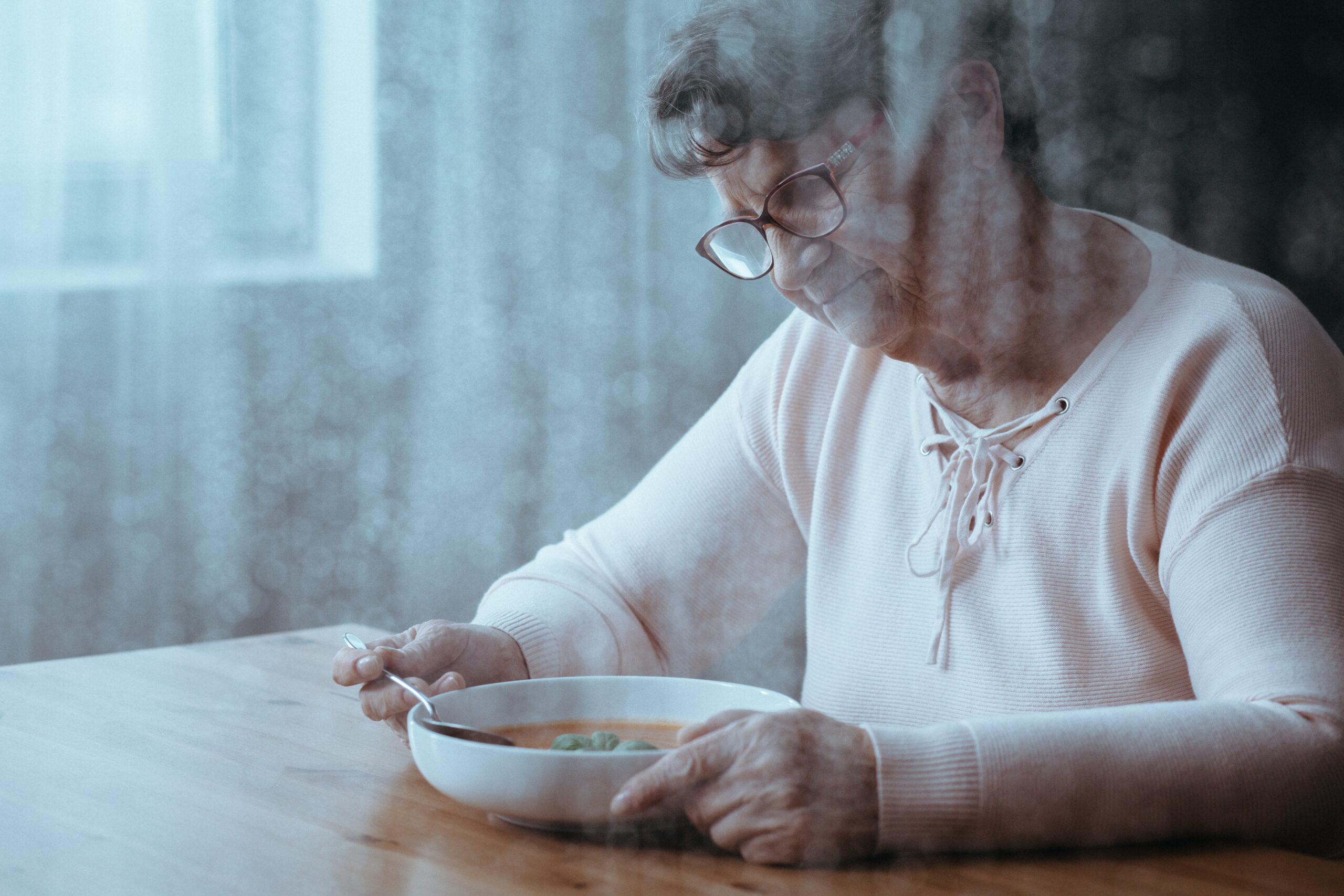Since 2012, the Workplace Gender Equality Agency has engaged in the work of tracking the gender pay gap. It gathers accurate data within and between industries; requires companies to record and report on what’s happening in their businesses. It then publishes guides to encourage organisations and agencies to set voluntary targets for equal gender representation on government and corporate boards.
However, despite the agency’s name, it does not pay sufficient attention to other metrics of gender equality in the workplace, and the limitations on its remit under the Workplace Gender Equality Act mean that it is unable to reflect the complex intersectional causes of relative income inequality for the majority of Australian women. Per Capita’s new report Measure for Measure examines how these causes compound over the course of a woman’s life to result in a much higher incidence of poverty for older Australian women than for men.
The critical problem with the way we measure the official gender pay gap is that it only accounts for the difference between the incomes of men and women based on the average adult weekly ordinary time earnings (AWOTE) – that is, the income from working full time.
Almost half (45%) of women in the workforce are in part-time roles, compared with just 16% of employed men.
In fact, women make up just 37% of full-time employees, but 68.7% of part-time employees. Almost half (45%) of women in the workforce are in part-time roles, compared with just 16% of employed men.
When this is taken into account, and we compare the incomes of all workers by using the average adult weekly (total cash) earnings (AWE), the gender pay gap increases to 31.5%.
While using the AWOTE measurement allows analysts to compare apples with apples, it actively works against a complete understanding of the real causes of women’s significantly lower levels of lifetime earnings.
Further, the scope and nature of the data reported on by the WGEA is limited by the requirement, within the Workplace Gender Equality Act, that the Agency only gather information from employers with more than 100 employees. In practice, this means only around third of all employers are included in the agency’s work.
Women are disproportionately employed in smaller workplaces, so the WGEA data cannot provide a full picture of what is happening to most working women in Australia. Data about self-employed women, especially work in the so-called gig economy, is both scarce and unreliable.
While women may choose to work part time, they do not make these choices in a vacuum; they do so because they are required to shoulder a disproportionate burden of the unpaid work required to keep our society ticking over.
To a far greater extent than in most economically and socially comparable nations, families in Australia remain fashioned around the model of a male breadwinner.
To a far greater extent than in most economically and socially comparable nations, families in Australia remain fashioned around the model of a male breadwinner and a female primary carer in the home.
ABS figures estimate that 82% of mothers returning to work after childbirth work in part-time rather than full-time roles. Even where these roles are at the same or a similar level to the full-time jobs they held before having children, their opportunities for advancement are significantly curtailed due to a work culture that sees part-time workers as less committed to their careers, or less capable of taking on higher responsibilities.
Women are also more likely to work in underpaid, feminised industries. The latest data from the WGEA demonstrates that “the majority of Australian employees continue to work in industries dominated by one gender”. This data also conclusively shows that people working in industries with a predominantly female workforce have lower salaries than those working in male-dominated industries.
In particular, jobs that involve caring for others are exceptionally gender segregated: both education and training, and health care and social assistance, the sectors in which caring jobs are categorised, are heavily dominated by female workers.
The real impact of the gender pay gap is not felt among the wealthiest members of our professional class.
The real impact of the gender pay gap is not felt among the wealthiest members of our professional class. It is not women who have worked in senior executive roles who are retiring in poverty, and adding to the reprehensible statistic that the fastest growing group of homeless people in Australia are women over the age of 55.
Rather, it is usually women who have toiled in low-income jobs, often providing paid care for children and adults in their working lives, who see their retirement savings and assets eroded to the extent that they are forced to live in penury after a lifetime spent in the service of others.
At the same time, the fact that it remains predominantly women who take significant time out of the workforce to undertake unpaid care work at home, for children or other relatives, and often to support a higher-earning partner, is a significant element in women’s inability to achieve higher rates of pay throughout their careers.
Closing the real gender pay gap is much more complex than simply ensuring the same pay for the same job, regardless of gender. It goes to the very nature of the society we live in, one which devalues the worth of the work women do to care for other people.
Ultimately, we must shift the structural organisation of work away from the full-time, male breadwinner model towards a more flexible and family-friendly arrangement, and ensure that men have both the incentive and the opportunity to undertake more of the unpaid, unsung “women’s work” that keeps society ticking over.




